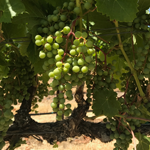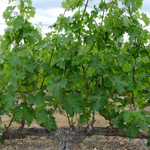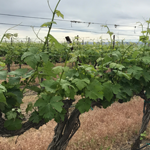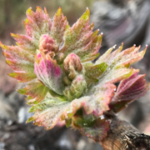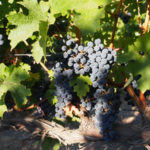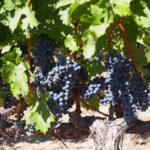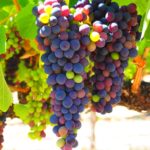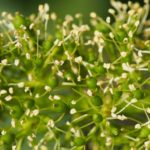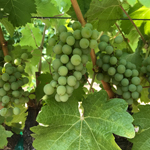 In a recent vineyard update I mentioned that the 2017 growing season was a mirror image of 2016. To recap, 2016’s bud break set an early record, with very high accumulated heat units. The 2016 stayed warm/hot until July. This year’s bud break was more “normal,” but the early growing season was cool with rain through June.
In a recent vineyard update I mentioned that the 2017 growing season was a mirror image of 2016. To recap, 2016’s bud break set an early record, with very high accumulated heat units. The 2016 stayed warm/hot until July. This year’s bud break was more “normal,” but the early growing season was cool with rain through June.
Here’s how July conditions compare between the two years:
July 2016
1) Average Minimum Temperature = 59.3
2) Average Maximum Temperature = 84.4
3) Heat Units July 1, 2016 = 1088
4) Heat Units July 31, 2016 = 1743
5) Total July Heat Units = 654.8
July 2017
1) Average Minimum Temperature = 62.2
2) Average Maximum Temperature = 89.5
3) Heat Units July 1, 2017 = 967.9
4) Heat Units July 31, 2017 = 1746.6
5) Total July Heat Units = 778.7
In summary, July 2016 began with more heat units than 2017, but by the end of this July, 2017 surpassed 2016 in accumulated heat units. We also had many rains in July of 2016 and there has been no rainfall in July 2017. What a difference a month can make.
We are now into August and the heat spell is continuing, with no end in sight. I have altered our early season, cool and wet, canopy management and re-tuned for very hot and dry.
I have seen a few berries beginning to color, but nothing I would call veraison yet. I expect veraison will begin next week.
This growing season we did not begin irrigation until late June, due to the saturated soil profile from the winter snow and spring rains. We are making up for the lack of early irrigation now; the pumps are running five days a week.
We have also had hazy skies due to fires in Canada and the Okanagan Valley. From experience, the smoke is not enough to create any problems in wine but is probably keeping temperatures down a little.
Considering harvest dates, I’m not sure what to say quite yet. This year’s fruit has yielded smaller, lighter clusters and, coupled with the heat we are experiencing, I would expect smaller berries. If the heat keeps up I expect we may begin harvest a little behind last year, but harvest will likely go faster and end earlier. We could see reds and whites ripening at similar times. I’ll know more when veraison is in full swing.

